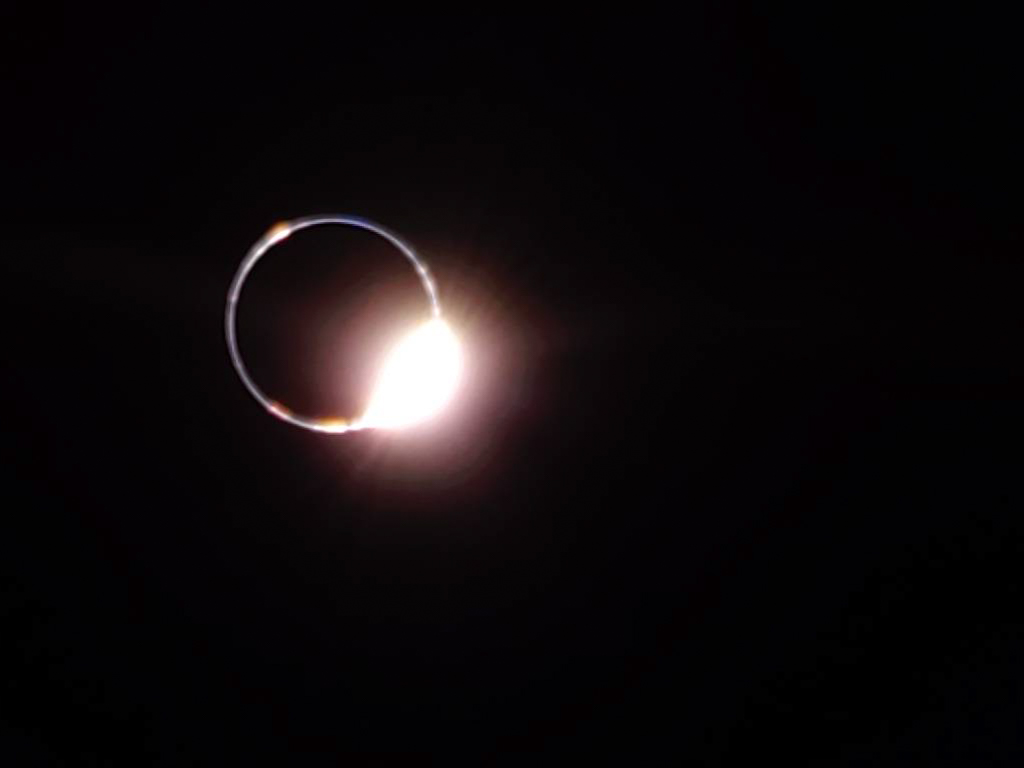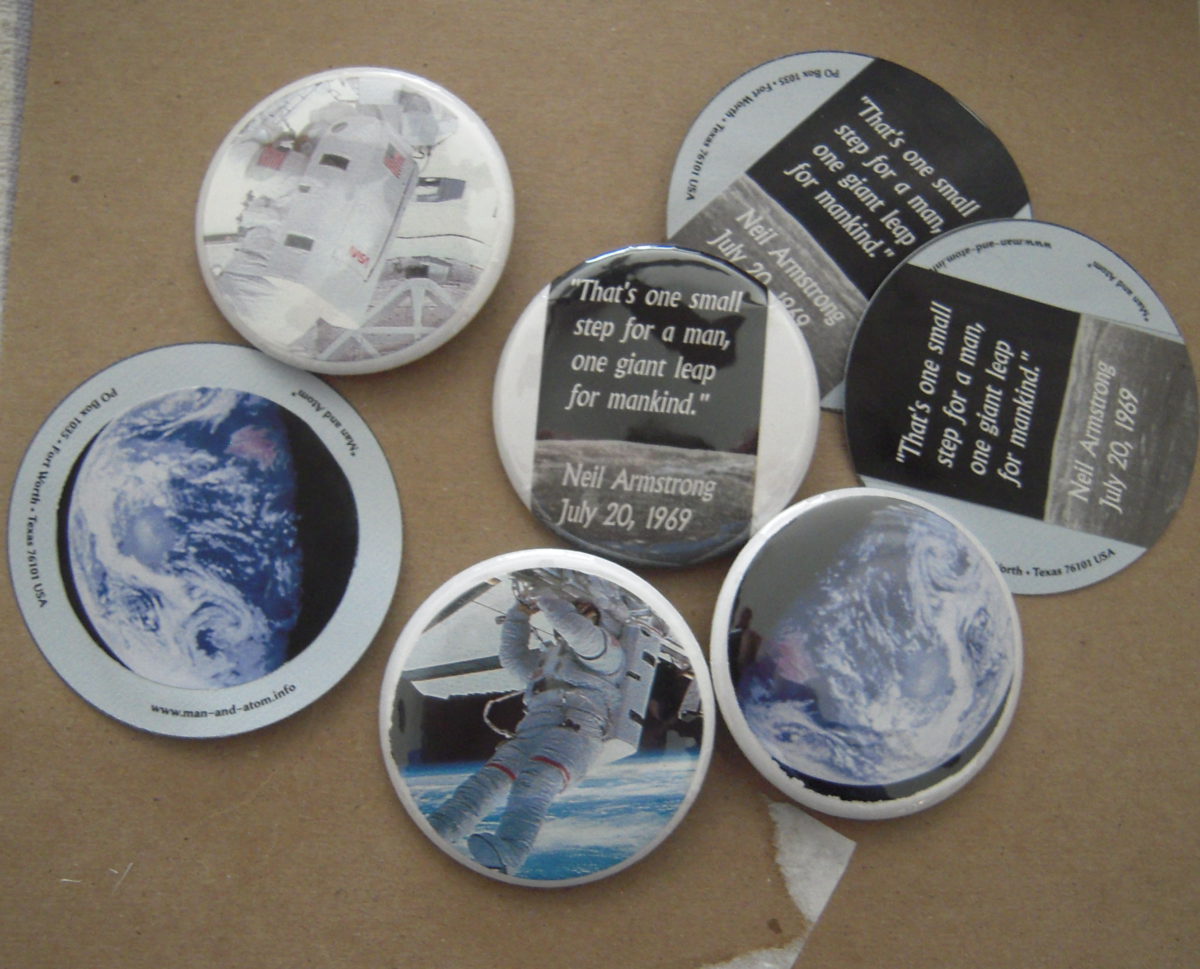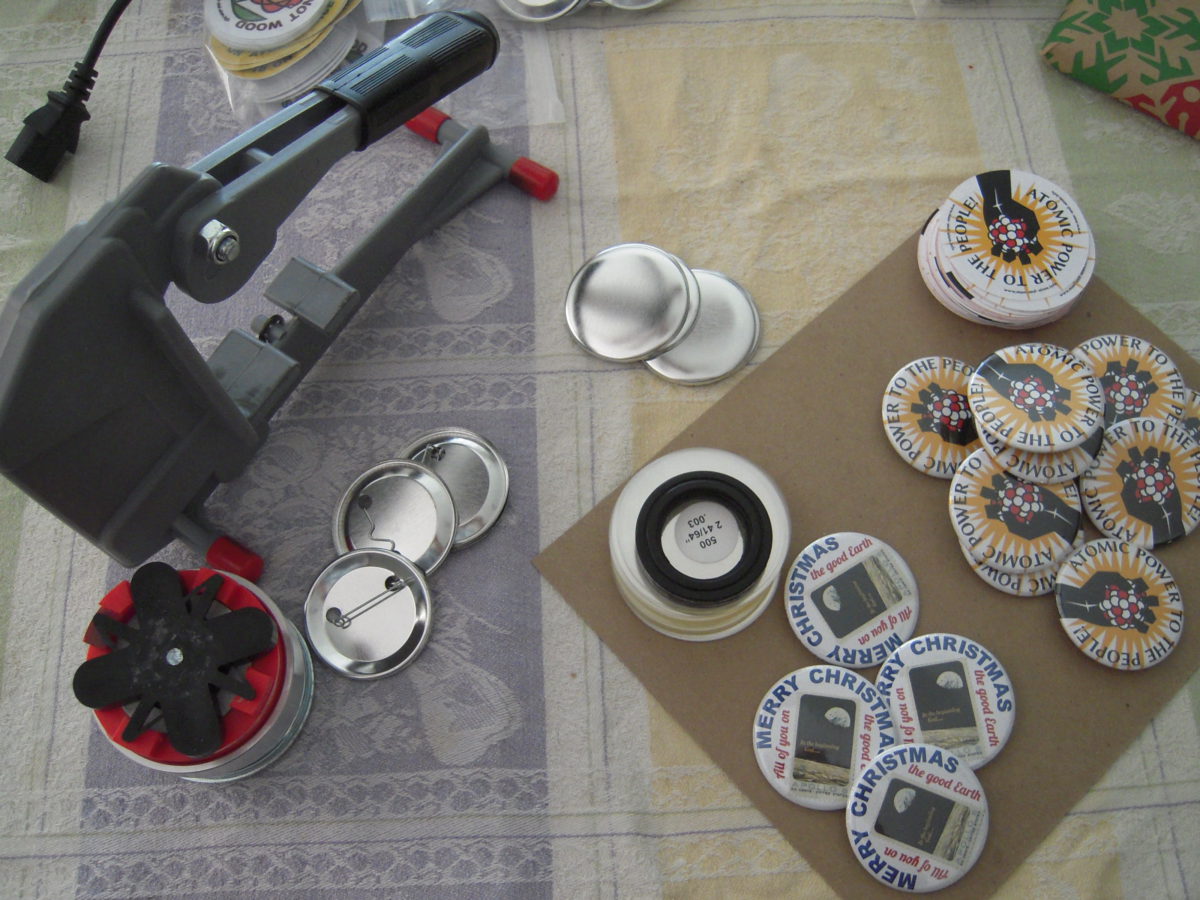Beware the Ides of March! I’m not yet back to doing a full show yet, but please accept these few minutes of commentary about geopolitics, the latest semi–successful lunar landing mission, my dental well–being, and the potential of “generative AI” to provide an always–on, personalized cult leader for anybody who is even remotely, momentarily susceptible. Exciting times we live in, to be sure!
- Archive Recording
- 2025 ASFO Masterpost
- A Step Farther Out Masterpost
- Previous Week
- Following Week
- Patreon campaign
Supplementary Show
2025–03–18 “Quite clearly, Man is coming into a completely new ecological relationship to his Earth, and quite clearly, we are accelerating into an entirely new relationship of Man to Universe. In speaking to you I have to take that statement as my fundamental premise, not just as an interesting aside. The problems of our moment are as unprecedented as they are vast. The solutions will have to be unprecedented and vast.” Picking up again with Utopia or Oblivion by Fuller, we finish “Geosocial Revolution” and begin “How to Maintain Man as a Success in Universe”.



